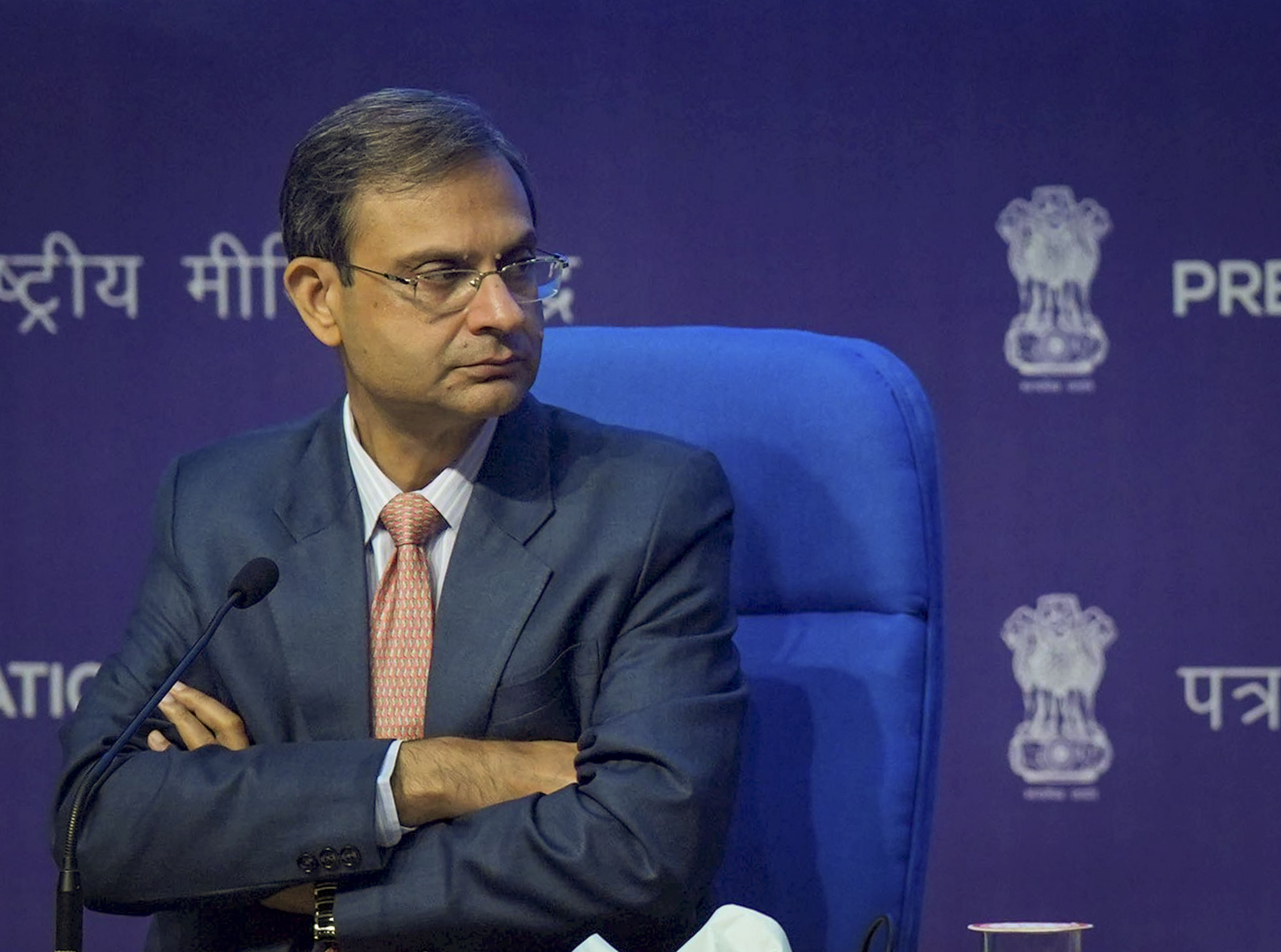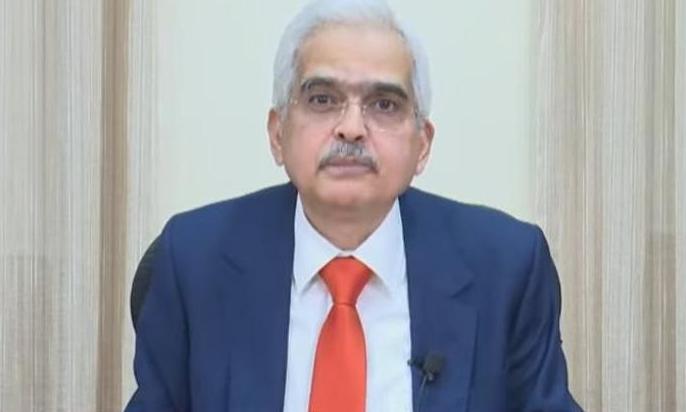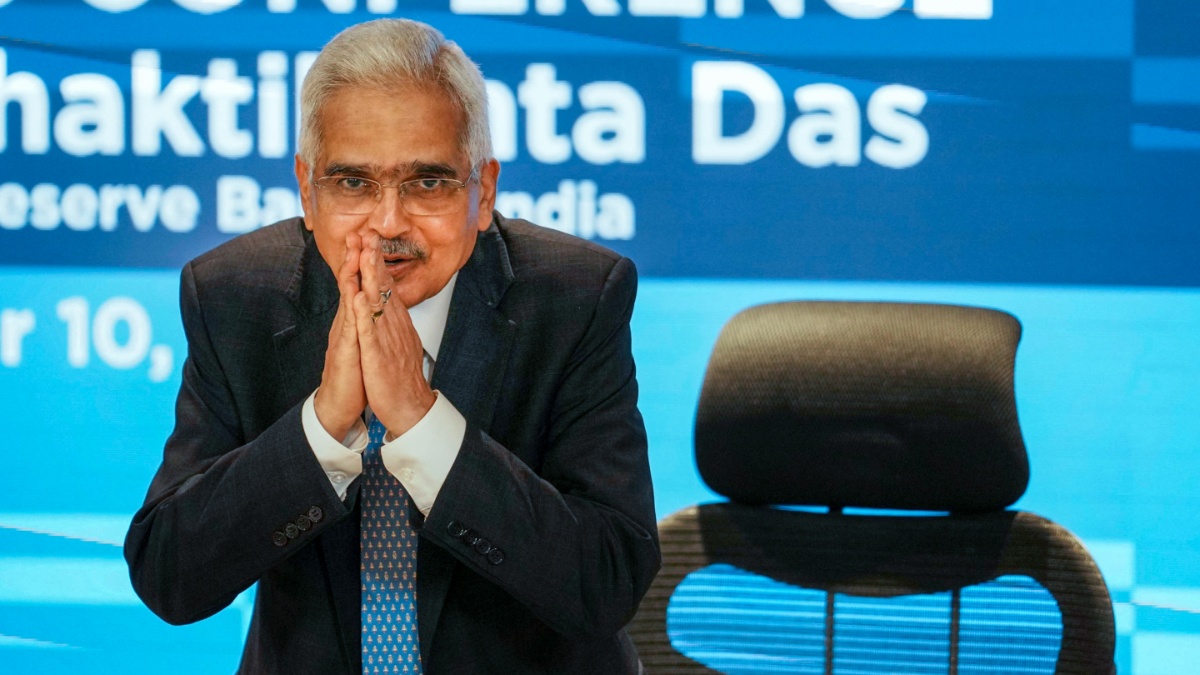
The impact on India’s economy of demonetised currency returning to banks
Op IndiaIn November 2016, Prime Minister Modi announced the withdrawal of two high-value currency denominations from circulation with immediate effect. Expansion of Taxpayers base Per published data, the number of Income Tax returns have zoomed by 57% since demonetisation IT returns filed in FY14 were 3.79 crore IT returns filed in FY16 was 4.36 crore, implying that growth over 2 years period before demonetisation was 15% IT returns filed in FY18 was 6.84 crores, implying that growth over 2 years period after demonetisation was significantly higher at 57% since demonetisation Number of High Net Worth individuals, declaring income above Rs 1 crore, has surged by 68% since demonetisation Filers with 1 crore+ declared income in AY15 were 48,416 Filers with 1 crore+ declared income in AY18 were 81,344 Filers with 1 crore+ income, added in 69 years before demonetisation were 48,416 New filers with 1 crore+ income, added in just 2 years after demonetisation were 32,928 since demonetisation A surge in Direct Tax collections The direct tax growth rate has soared to a 7 year high of 17% FY15 – 8.9% FY16 – 6.9% FY17 – 14.6% FY18 – 17.1% Direct tax buoyancy has more than tripled after demonetisation and touched 1.9 FY16 – 0.6 FY17 – 1.3 FY18 – 1.9 from FY08 to FY16, direct tax buoyancy had hovered between 0.5 and 1.1 after demonetisation and touched 1.9 Higher tax buoyancy after FY16 indicates increasing tax compliance At Tax buoyancy of 0.5, an 8% increase in GDP results in only 4% increase in tax revenue for government At Tax buoyancy of 2.0, an 8% increase in GDP results in 16% increase in tax revenue for government Hence, with the same economic growth, the government can now expect a much higher tax collection year after year to spend on healthcare, education and infrastructure development Exponential growth in Digital Payments: Lack of cash during demonetisation provided the necessary impetus to bring behaviour change in consumers adopting digital payments. As per the data published by National Payments Corporation of India : UPI based digital payments in India have grown exponentially since 2016 the number of transactions: Aug 2016 – 93,000 Nov 2018 – 52.5 crore value of transactions: Aug 2016 – 3.1 crore Nov 2018 – 82,000 crore Morgan Stanley has reported that digital payments are up almost three times, from 2.5% of GDP to 7% of GDP The proportion of cash transactions in total consumer spending has reduced by 10% as reported by the head of payments practice for the Asia Pacific at Boston Consulting Group The exponential rise of digital payments in India received global attention and was covered extensively in Forbes, International Business Times, livemint, Entrepreneur, Financial Express, Bloomberg and other business publications Deposited amounts are traceable to source and are under scrutiny During demonetisation, deposits were made in about 1 crore bank accounts Just 1.5% of these accounts hold more than two-thirds value of deposits with an average deposit of Rs. 37,500 crore as of now It must be understood that since demonetisation in November 2016, only one tax cycle has been completed so far. Demonetisation – November 2016 End of Fin Year – March 2017 Next End of Fin year – March 2018 Tax filing deadline – August 2018 Individuals who deposited large amounts during demonetisation would be cross-checked for their tax filing in AY18 and subsequent future years.
History of this topic

RBI@90, and what Prime Minister Modi had to say
Live Mint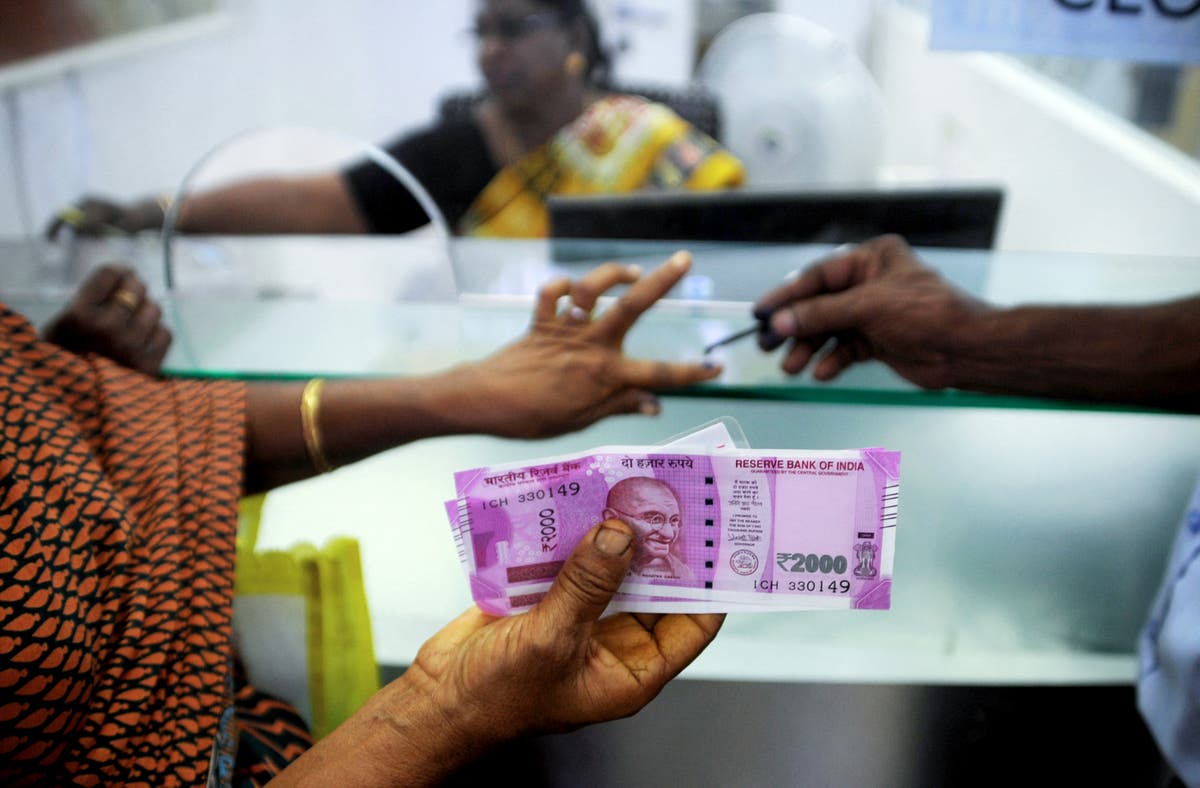
India announces surprise withdrawal of highest-value banknotes
The Independent
Currency in circulation now is almost double that in use just before demonetisation: Chidambaram
The HinduDemonetisation helped curb black money: Narendra Modi
The HinduDemonetisation ‘destroyed’ economy, helped few crony capitalists, alleges Rahul
The Hindu
SC Issues Notice On Plea To Allow Deposit Of Demonitised Currency Worth Rs 1.17 Crores
Live Law
Cash transactions up after demonetisation but India’s ATM network far from adequate
Live Mint)
Congress demands apology from Narendra Modi after RBI report says 99.3% of demonetised notes back in system
Firstpost
Demonetisation comes to haunt govt as RBI says 99.3% notes back
Live Mint99.3% of demonetised currency returned: RBI
The Hindu
Despite Jan Dhan push, financial inclusion is elusive
Live Mint₹29.41 cr. spent on ferrying new notes post demonetisation
The Hindu
Demonetisation failed to make India a ‘less cash’ society
Live Mint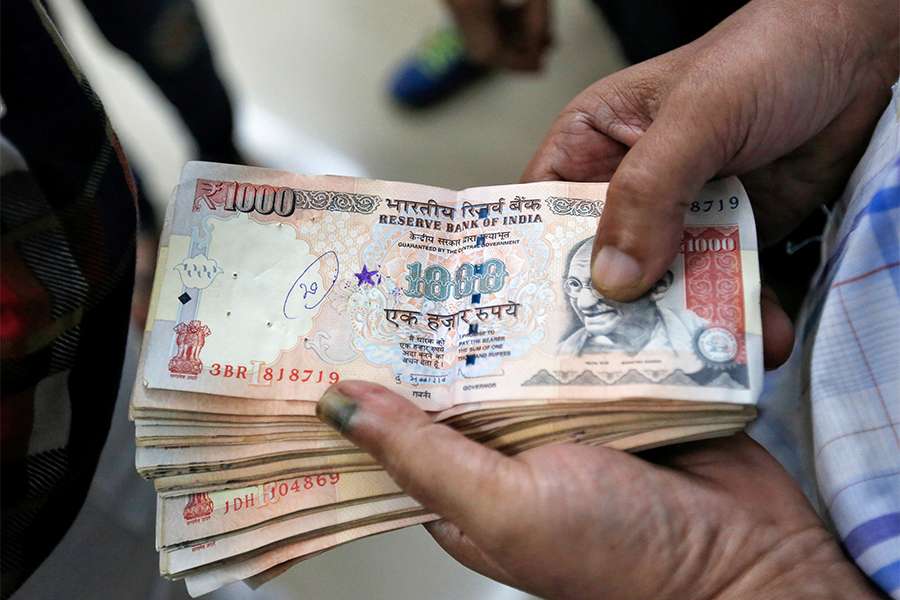
Demonetisation's Economic Boon: A Year Later
India TV NewsDiscover Related










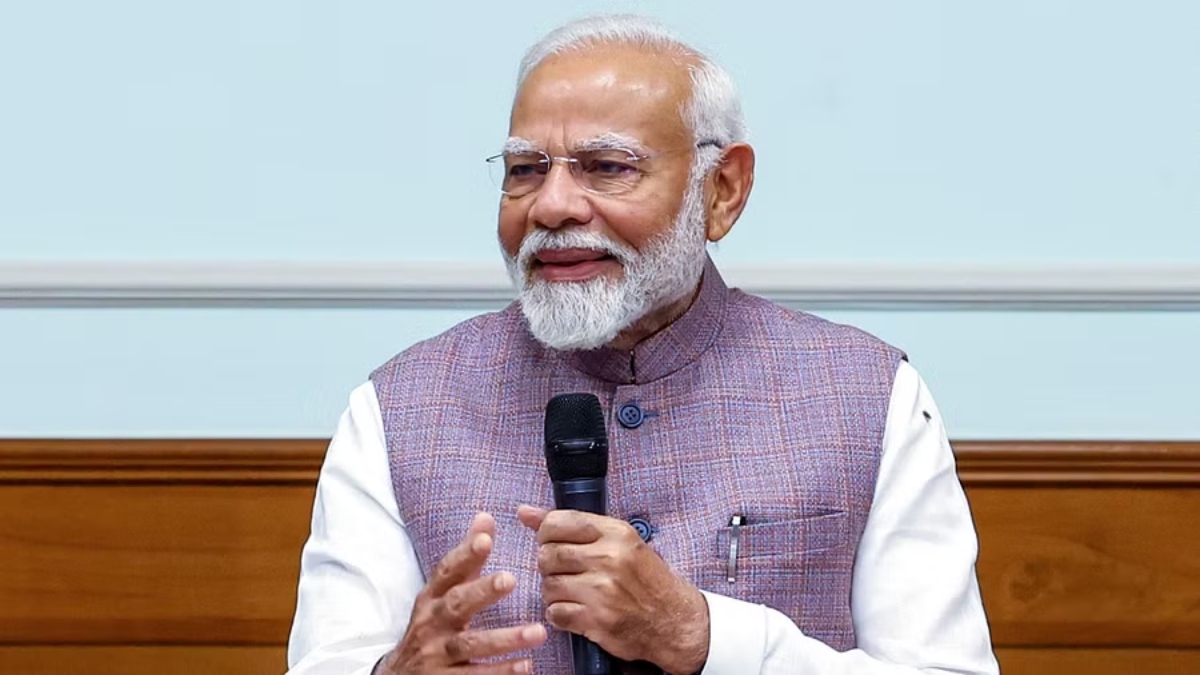


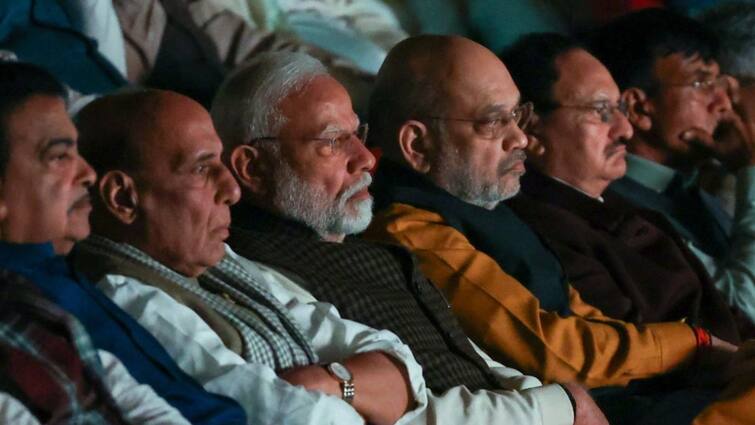


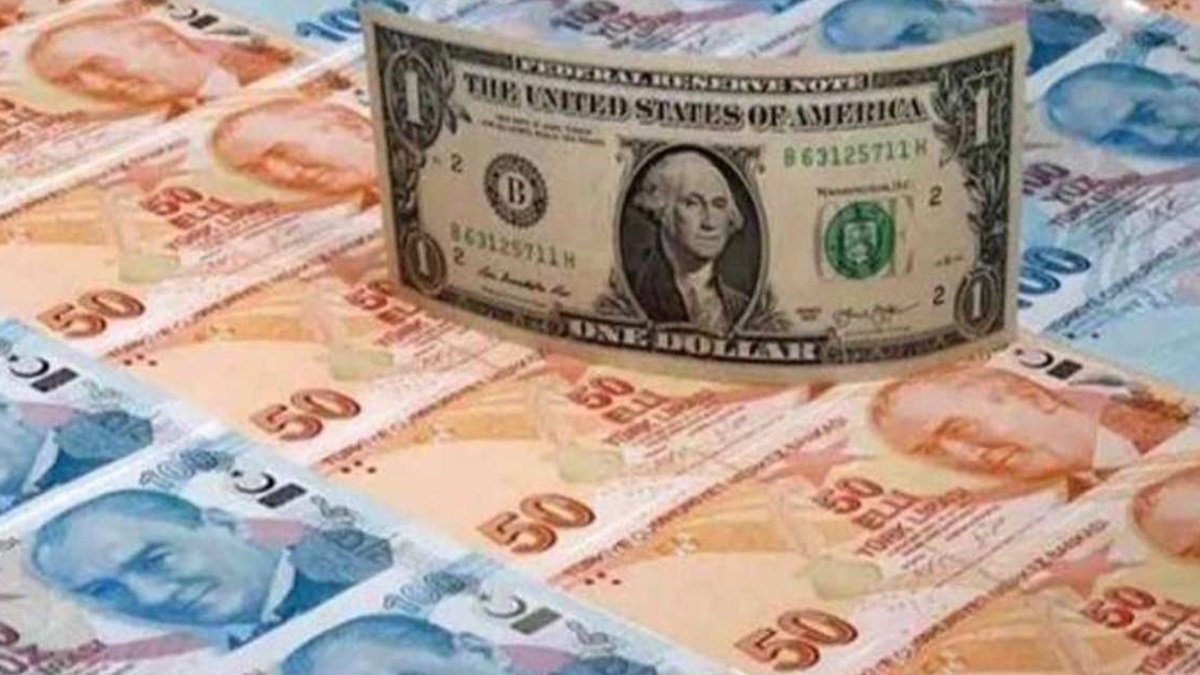

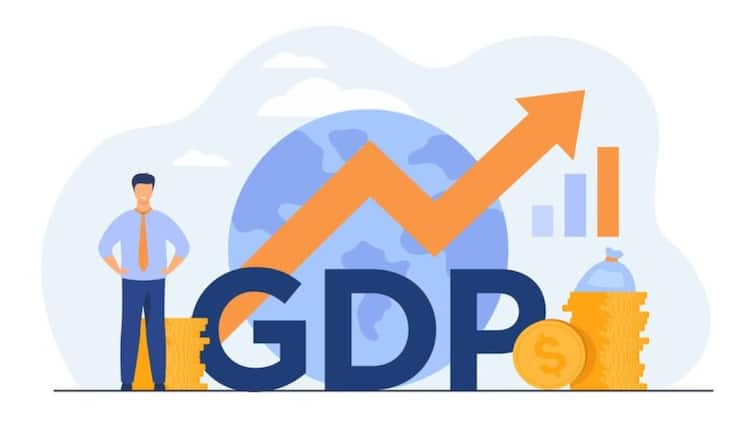

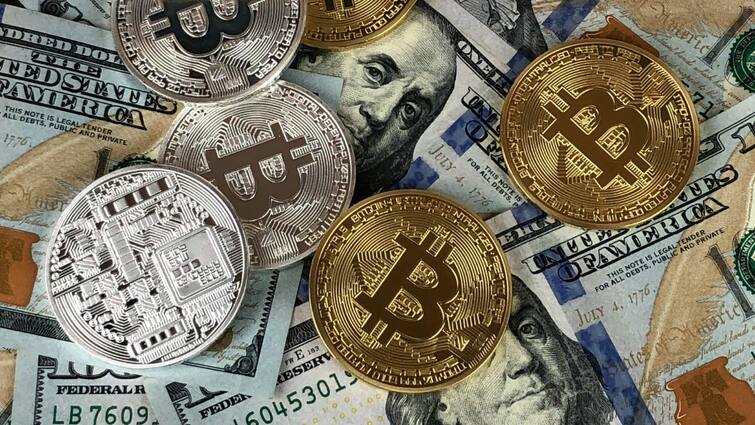




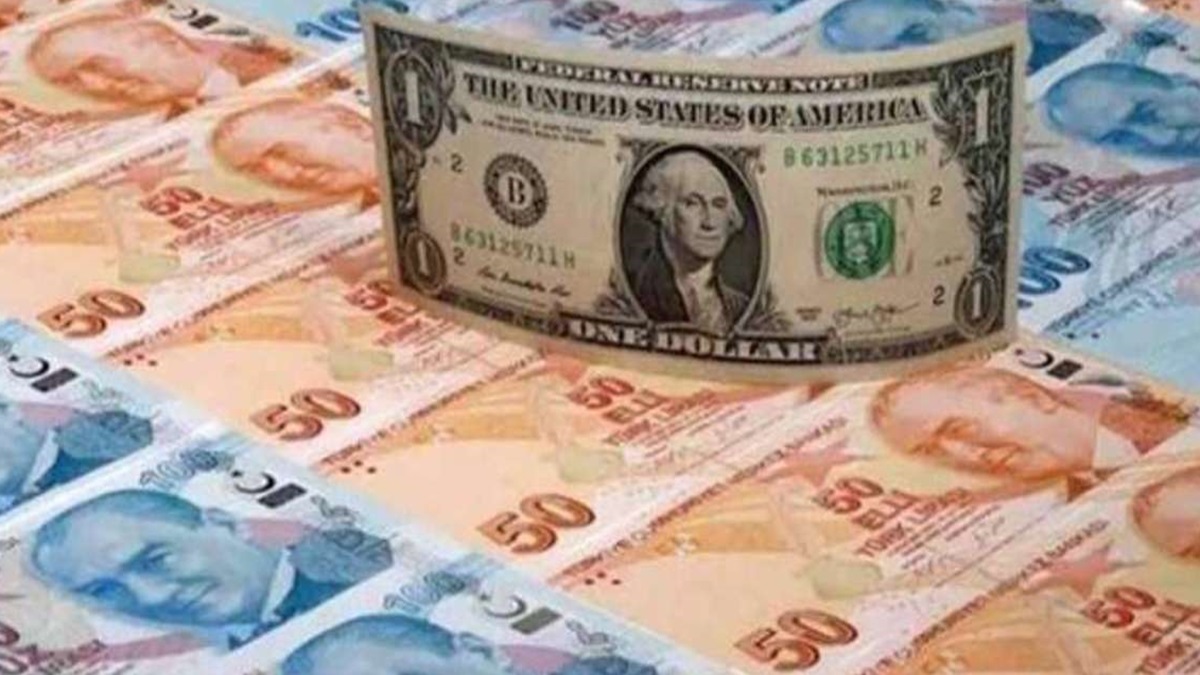

)





_1653629830547_1734242852120.jpg)


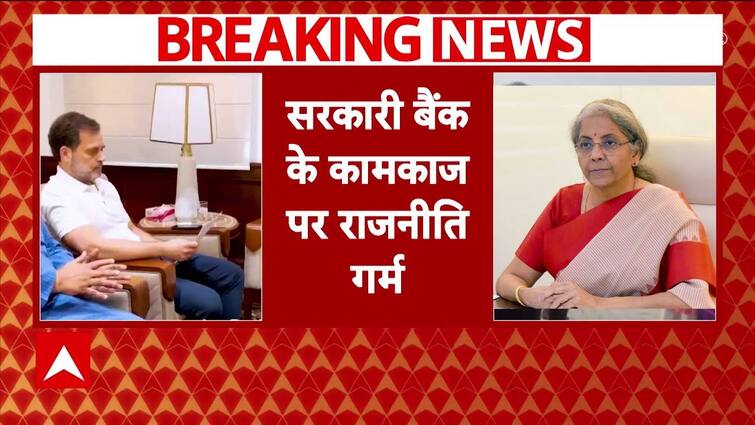
)





)

